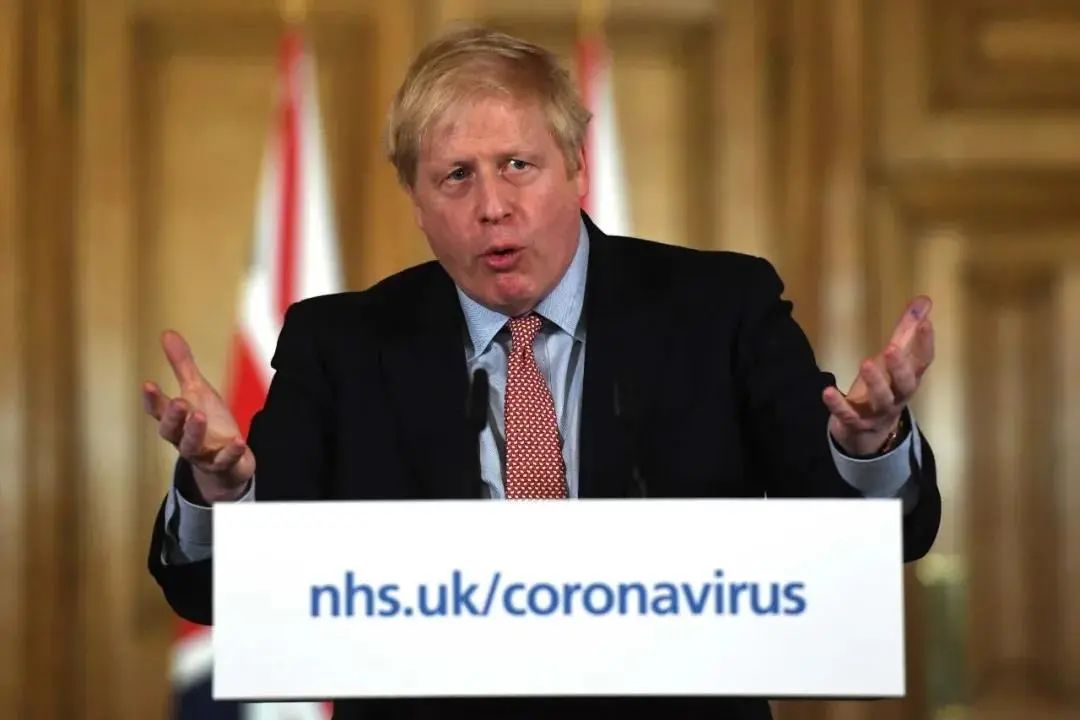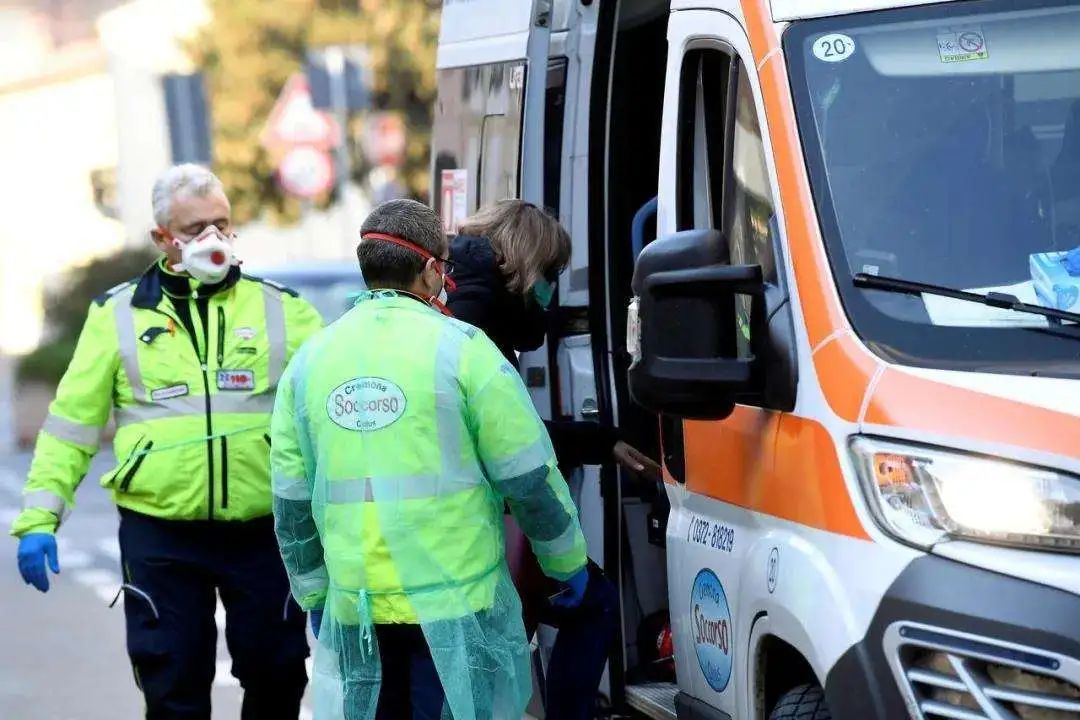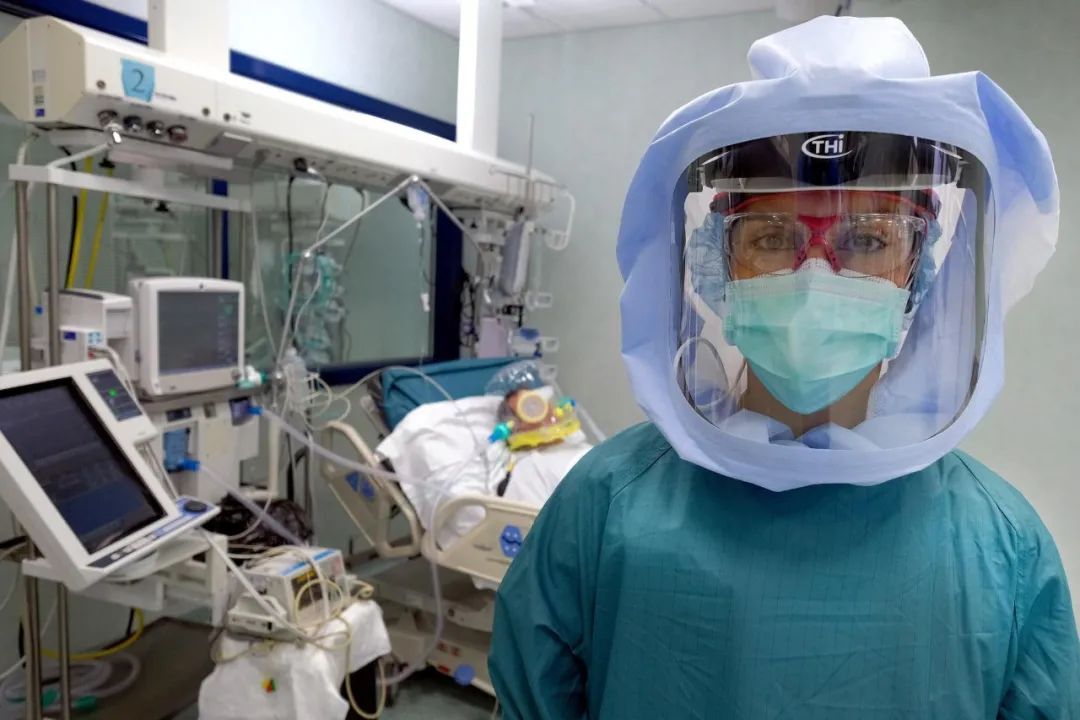欧洲第二波疫情暴发 多国“封城”有用吗?
赵大海 上海交通大学国际与公共事务学院博士生导师、上海交通大学-耶鲁大学卫生政策联合研究中心执行主任

随着英国首相鲍里斯·约翰逊于当地时间10月31日宣布从11月5日起英格兰地区将开始为期近一个月的第二次全面封锁,欧洲主要国家基本都采取了“封城”的措施来应对愈演愈烈的新冠第二波大暴发。区别于欧洲多数国家对疫情严重区域的“封城”措施,法国、德国、比利时等国家实施的是为期一个月左右的全国“封城”,也即“封国”的措施。
欧洲会全面陷入新冠第二波大暴发并没有完全超出预料。在欧洲新冠第一波暴发时,由于各国均采取了“封城”等较为严格的防控措施,在五月中下旬之后,各国新冠疫情相比较于“封城”之前均出现了较大程度的缓解。譬如,在5月25日,法国的当日新增病例是31例、德国是289例、西班牙是286例。然而,欧洲各国随着新冠疫情暴发的缓解,各国政府均放松了疫情的“封闭”措施,各类人群聚集的集体活动逐步恢复正常。譬如,欧洲各国的足球联赛于5月底或6月初得以重启,甚至跨国的欧洲冠军杯比赛也恢复进行了。
欧洲各国普遍重启经济、社会运行时,新冠疫情虽得到了较大缓解,然而并没有完全控制。随着经济重启、跨区域流动的增大,特别是由于北半球秋冬季的来临后新冠病毒传播因气温降低重新变得活跃,欧洲各国新冠疫情自八月中下旬开始出现了较大程度的反弹。然而,面对第二波的疫情反弹,各国政府在较长一段时间内普遍都不太重视,并没有采取较为严格的防控措施。进而,新冠疫情在欧洲呈现大暴发的状况和各国政府又被迫重新“封城”。
对于欧洲各国政府在第一波新冠暴发时采取的“封城”措施,公众普遍是赞同和认可的。然而,面对各国政府的第二次“封城”,在多个欧洲国家出现了较大规模的游行示威和抗议活动,甚至出现了与政府武装力量的对抗。我认为之所以出现公众对政府的不满,最重要的原因在于各国公众对于政府在新冠疫情防控不力的失望所导致的。对于政府没有防控住第一波新冠疫情,公众可以谅解;但未能防控住第二波疫情,公众对政府必然会产生失望和愤怒。事实上,各国政府均试图在新冠疫情防控和恢复经济之间寻找平衡点。伴随着疫情防控压力的下降,各国政府均较为草率地进行了复工复产。
然而,从世界各国疫情防控的经验来看,新冠疫情防控和复工复产之间应该是没有平衡点的。美国新冠疫情一直处于第一波大暴发阶段的教训应足以让欧洲国家保持警惕。唯有在新冠疫情完全控制的前提下,方可以复工复产;否则,新冠疫情必定会出现反弹;疫情反弹再重新采取严格防控措施必然会引起公众对政府的失望。
欧洲新冠疫情第二波暴发、重新“封城”以及各国公众对重新“封城”的抗议,应该讲是完全可以预测到的。至于欧洲各国再度“封城”能不能起到抑制疫情暴发的效果,答案也是显而易见的。虽然公众游行示威等群体活动不可避免抵消一部分抑制效果,但只要各国政府严格实施“封城”措施,新冠疫情一定会得到较大程度的抑制。
世界各国新冠疫情防控的既定经验已揭示出,“封城”是应对新冠疫情暴发最有效果的举措。对于欧洲各国的新冠疫情防控而言,除了“封城”之外,也理应需要一系列必需的配套策略。在“封城”的前提下,开展大面积的人群核酸检测,以及采取必要的对于确诊患者密切接触者的强制隔离等措施,将不仅可显著提高疫情防控的效果,也必将缩短“封城”的时间。与此同时,相比较于“封城”,大面积人群核酸检测和密切接触者的隔离措施,对于公众而言,更是政府应对新冠大暴发的“主动”和“积极”的防控举措,更容易得到公众的信任和拥护。
综上所述,欧洲新冠陷入第二波大暴发、各国政府普遍被迫采取“封城”的举措,均与各国政府在新冠疫情防控和恢复经济发展二者之间的关系处理不当有着重大的关联。欧洲各国采取的“封城”措施必定对新冠疫情具有较大程度的抑制效果。与此同时,各国的“封城”策略理应进一步完善。譬如,一些欧洲国家依然没有封闭学校等人群聚集的场所;除了简单的“封城”之外,应当同步采取大面积的人群核酸检测等配套举措,以期尽快和彻底地消灭新冠疫情。
供稿者:看看新闻(编辑 赵歆 郝苗苗)
日期:2020年11月2日
The second wave of epidemics in Europe, is it useful to "close cities" in many countries?
Dahai ZHAO
PhD supervisor of the School of International and Public Affairs, Shanghai Jiao Tong University, Executive Director of SJTU-Yale Joint Center for Health Policy
As British Prime Minister Boris Johnson announced on October 31, local time, that England will begin the second comprehensive blockade of nearly a month starting on November 5, major European countries have basically adopted measures to "lockdown" to deal with the intensifying second wave of the COVID-19 outbreak. Different from most European countries' "closure of cities" measures in severely affected areas, countries such as France, Germany, Belgium and other countries have implemented measures to "close the country" for a period of about one month.
The fact that Europe will be fully plunged into the second wave of COVID-19 has not completely exceeded expectations. During the first wave of COVID-19 outbreak in Europe, countries adopted strict prevention and control measures such as "lockdown", and after mid-late May, the COVID-19 epidemic in all countries was alleviated to a greater extent than before "lockdown". For example, on May 25, there were 31 new cases in France, 289 in Germany, and 286 in Spain. However, as the outbreak of COVID-19 has eased in European countries, governments of all countries have relaxed the "lockdown" measures of the epidemic, and collective activities gathered by various groups of people have gradually returned to normal. For example, the football leagues of European countries were restarted at the end of May or early June, and even the transnational European Champions Cup matches were resumed.
When European countries generally restart economic and social operations, the COVID-19 epidemic has been largely alleviated, but not completely under control. With the restart of the economy and the increase in cross-regional flows, especially as the spread of the virus has become active again after the advent of autumn and winter in the northern hemisphere due to lower temperatures, the epidemics in European countries have rebounded to a greater extent since mid-to-late August. However, in the face of the second wave of the epidemic rebound, governments of various countries generally did not pay much attention to it for a long period of time and did not adopt more stringent prevention and control measures. Furthermore, the COVID-19 epidemic has shown a major outbreak in Europe and governments of various countries have been forced to "lockdown" again.
The public generally agreed and recognized the measures taken by European governments during the first wave of COVID-19 outbreaks to "lockdown". However, in the face of the second "lockdown" by governments of various countries, there have been large-scale demonstrations and protests in many European countries, and even confrontations with government armed forces have appeared. I think the most important reason for the public's dissatisfaction with the government lies in the disappointment of the governments of various countries in preventing and controlling the COVID-19 epidemic. The public can forgive the government's failure to prevent and control the first wave of COVID-19, but if it fails to prevent and control the second wave, the public will inevitably be disappointed and angry with the government. In fact, governments of all countries are trying to find a balance between the prevention and control of the COVID-19 epidemic and the recovery of the economy. With the decrease in pressure on epidemic prevention and control, governments of various countries have resumed work and production more hastily.
However, from the experience of epidemic prevention and control in countries around the world, there should be no balance between the prevention and control of the COVID-19 epidemic and the resumption of work and production. The lesson that COVID-19 in the United States has been in the first wave of major outbreaks should be enough to make European countries vigilant. Only under the premise of complete control of the COVID-19 epidemic, can work and production resume; otherwise, the COVID-19 epidemic will surely rebound, and the resumption of strict prevention and control measures when the epidemic rebounds will inevitably cause public disappointment in the government.
The second wave of the outbreak of COVID-19 in Europe, the re-lockdown and the public protests of the re-lockdown in various countries should be completely predictable. As for whether European countries can “lockdown” again to curb the outbreak, the answer is obvious. Although group activities such as public demonstrations and demonstrations will inevitably offset some of the suppression effects, as long as governments of various countries strictly implement the "lockdown" measures, the COVID-19 epidemic will certainly be suppressed to a greater extent.
The established experience in the prevention and control of the COVID-19 epidemic in countries around the world has revealed that "lockdown" is the most effective measure to deal with the outbreak of the COVID-19 epidemic. For the prevention and control of the COVID-19 epidemic in European countries, in addition to "lockdown", it should also require a series of necessary supporting strategies. Under the premise of “lockdown”, carrying out large-scale population nucleic acid testing and adopting necessary measures such as compulsory isolation of close contacts of confirmed patients will not only significantly improve the effectiveness of epidemic prevention and control, but also shorten the duration of “lockdown”. At the same time, compared to the "lockdown", nucleic acid testing for large areas of the population and isolation measures for close contacts are, for the public, an "active" and "active" prevention and control measure for the government to respond to the COVID-19 outbreak. It is easier to gain public trust and support.
To sum up, the second wave of COVID-19 outbreak in Europe and the "lockdown" measures taken by all governments are significantly related to the improper handling of the relationship between COVID-19 prevention and control and economic recovery by all governments. The measures taken by European countries to "lockdown" must have a greater degree of restraint effect on the COVID-19 epidemic. At the same time, the "lockdown" strategy of various countries should be further improved. Some European countries, for example, still do not have closed schools or other places for crowds to gather. In addition to simply "lockdown", supporting measures such as large-scale nucleic acid testing should be taken simultaneously to eliminate COVID-19 as soon as possible and once and for all.
Contributor: Knews (edited by ZHAO Xin and HAO Miaomiao)
Date: November 2, 2020

